What Is a Mini Split AC?
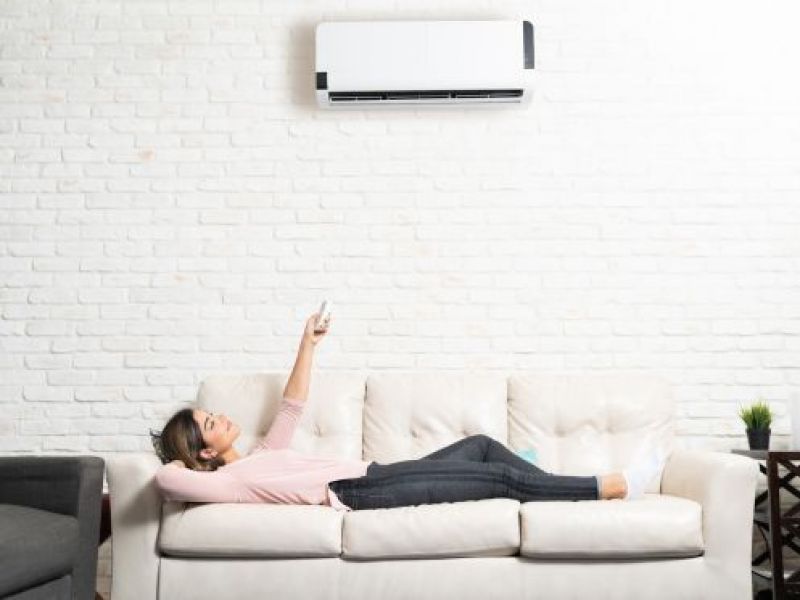
TL;DR: In the US, air conditioning is a staple, especially in places like Florida. Mini split ACs are a popular choice due to their energy efficiency and flexibility. They work without ducts, consisting of an outdoor compressor connected to indoor air-handling units via a conduit. They offer advantages like individual room temperature control, low noise, and various installation options (single-zone, multi-zone, wall-mounted, floor-mounted, ceiling cassette). When choosing one, consider size, capacity, SEER rating, cost, and maintenance. Professional installation is recommended for optimal performance. If you’re in Vero Beach, FL, Air Docs Heating and Air offers expertise in installation, repair, and maintenance.
Using an air-conditioning unit to cool down or heat your house is a popular choice in the US. In Florida, 96% of all households use air-conditioning equipment. But choosing the right kind and number of air conditioning units for your home isn’t easy. There’s more to it than just picking one and hoping it works. You need to consider your house’s size, the local weather, and your cooling preferences.
One popular option to consider is the mini split AC. But what is a mini split AC exactly? This type of air AC can fit almost anywhere, but it’s preferred by many because of its energy efficiency. The external units are smaller but can keep your house or apartment at the right temperature. This article will cover everything you need to know about these AC units, from their benefits to how to install them, so keep on reading.
How Does A Mini Split AC Work
A mini split AC, or “ductless” AC, is an air conditioning system that doesn’t need a network of ducts to cool your space. There’s an outdoor compressor unit you can connect to one or multiple indoor air-handling units. A simple conduit connects them all, while in it, you have the power cable, refrigerant tubing, suction tubing, and condensate drain. It’s compact, efficient, and can be installed almost anywhere you need it. The key components of a mini-split are:
- Outdoor compressor: It converts the refrigerant from a gas into liquid.
- Indoor air-handling units: Takes in warm air from your room, passes it over the cool refrigerant, and then blows the cooled air back into your room.
- Conduit: Connects the outdoor and indoor unit and houses the lines and wires.
When you turn on your mini split AC, the outdoor compressor starts to compress the refrigerant into a high-pressure gas. This gas flows into the indoor units, where it’s cooled into a liquid. As the indoor unit pulls in warm air from your room, the refrigerant takes in all the heat and lowers the air’s temperature. The cooled air is then blown back into your room while the refrigerant, now warmed again, flows back outside to the compressor to start the process again.
Advantages of Mini Split AC System
The biggest perk of having a mini-split AC system is its energy efficiency. According to the Department of Energy, a regular AC unit uses over 2,000 kilowatt-hours of electricity annually. Unlike central heating, which loses much energy due to the ductwork, mini-split ACs deliver the cool air directly into different zones. This direct approach results in less energy loss and lower utility bills.
Other significant advantages are its flexibility and convenience. You can set the temperature individually in every room or zone with a mini split AC. That is an improvement over central systems that maintain the same temperature in your whole place, whether you’re using all the rooms or not. You can keep your bedroom cool at night while maintaining a comfortable temperature in the living room during the day.
Also, let’s talk about noise, or more precisely, the lack of it. Traditional HVAC systems can be noisy, with the compressor and air handler making noticeable noise. But mini-split ACs are a lot quieter. You’ll barely notice the indoor units working, and the outdoor compressor is outside where it won’t disturb you.
Types of Mini Split AC
There are a few types of mini-split AC systems you can choose from. The type you go for will depend on how many rooms you want to cool and even how much wall space you have. Types of mini-split AC systems you should consider are:
- Single-Zone Mini Split AC: This unit is excellent for cooling down one specific area in your home. You may have a home office that gets too warm or a bedroom that could use extra chill. You’ll benefit from targeted cooling without overhauling your entire HVAC system.
- Multi-Zone Mini Split AC: These are perfect for a larger home or multiple rooms that need temperature control. You can connect more than one indoor unit to one outdoor unit. You can vary the temperature between rooms, keeping everyone in your house comfortable.
- Wall-mounted Mini Split AC: These are the most common type of mini-split AC. They’re easy to install on any wall and provide efficient cooling. Because they’re up high and off the floor, they’re good at spreading cool air throughout the room.
- Floor-mounted Mini Split AC: These units are a great solution if you don’t have a lot of wall space. They’re installed at floor level and can fit perfectly under a window or in a low-wall application. They work just like the wall-mounted units but in a different configuration.
- Ceiling Cassette Mini Split AC: You install these AC units in the ceiling to distribute the cool air more evenly. They’re perfect for larger spaces or rooms with high ceilings. One of the benefits is that they’re out of sight and don’t take up any wall space.
How To Pick A Mini Split AC System
When selecting a mini split AC, you don’t want to get the first you come across. Two significant aspects of choosing the right one are size and capacity. Smaller units might not cool your home enough, while others might waste too much energy.
Speaking of energy, you’ll want to check out the system’s SEER rating. That tells you how much cooling a unit provides for each unit of energy consumed, and the higher the rating, the more efficient the system. Lastly, consider cost and maintenance. While a mini split AC might have a higher upfront cost, the lower energy bills could save you a lot of money in the long run.
Installing a Mini Split AC
While the installation process is straightforward, it’s best to have a professional handle it to ensure everything runs smoothly. Professionals can also help you select the best spot for the outdoor unit. It should be a place where it can be securely mounted and easily accessed for maintenance. They will determine where the indoor unit should go so cool air can circulate freely.
You should mount the indoor AC unit at a height that allows it to cool the room effectively. To do this, you’ll need to connect the piping for both units through a hole in the wall. A professional will know how to do it without damaging your wall or facade.
The final step is connecting the units. That means running the piping and wiring through the hole you made in the wall. A professional AC installer will ensure these connections are secure and insulated, keeping your mini split AC running efficiently. So, while it’s not too complicated, it’s a job for someone with experience installing AC units.
Find An AC Specialist in Vero Beach, FL
We hope this guide taught you what is a mini split AC and how it can be a game changer for your home. Remember that you can zone your cooling, lower your bills, and forget about those bulky window units. Installing one is not a DIY project, so when you’re ready to level up your comfort, call our professionals at Air Docs Heating and Air.
We have over eight years of experience in the HVAC industry and can install, repair, and maintain any AC system you want. If you’re in the area of Vero Beach, FL, feel free to contact us at any time, as we are at your service 24/7. Let’s get you feeling cool for the summer today!
FAQ’s
What makes mini split ACs more energy-efficient than traditional systems?
Mini split ACs deliver cool air directly into different zones without the energy loss associated with ductwork. This direct approach reduces utility bills significantly. For expert advice on energy-efficient AC solutions, consult Air Docs Heating and Air in Vero Beach, FL.
Can I install a mini split AC system by myself?
While the installation process is straightforward, it’s recommended to have a professional handle it to ensure proper setup and performance. Air Docs Heating and Air in Vero Beach, FL, provides expert installation services for mini split AC systems to ensure optimal efficiency and longevity.
What factors should I consider when choosing a mini split AC system for my home?
Size, capacity, SEER rating, cost, and maintenance are crucial factors to consider when selecting a mini split AC system. Consulting with HVAC professionals like Air Docs Heating and Air in Vero Beach, FL, can help you make an informed decision tailored to your specific needs.
How can I maintain my mini split AC system for long-term performance?
Regular maintenance is essential for optimal performance of your mini split AC system. Professional maintenance services, such as those provided by Air Docs Heating and Air in Vero Beach, FL, can help ensure efficiency, prevent breakdowns, and prolong the lifespan of your system.
Other Blogs You May Be Interested In
Categories

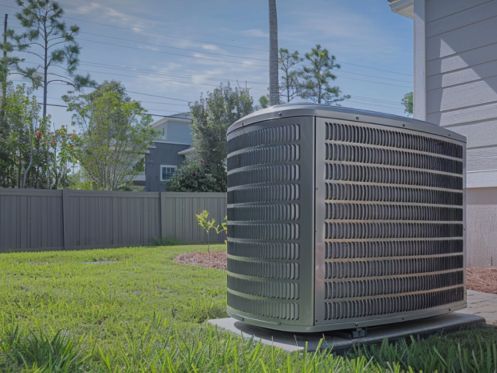


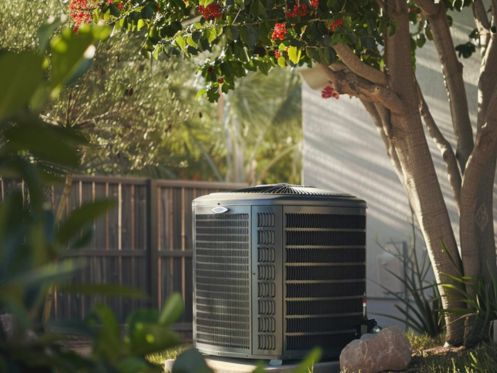

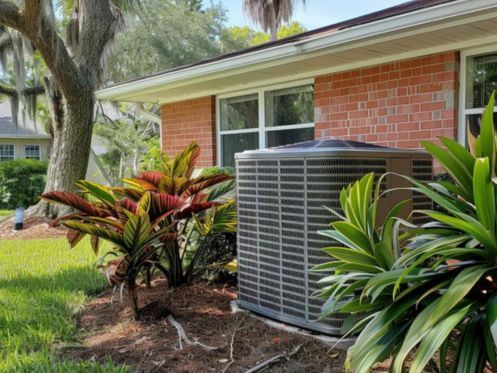
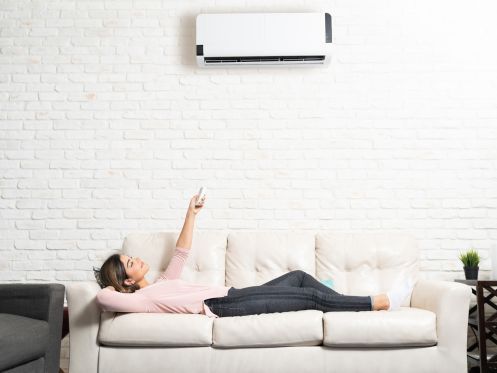



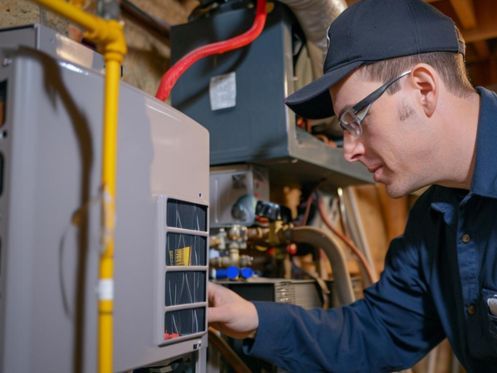
Leave a Reply